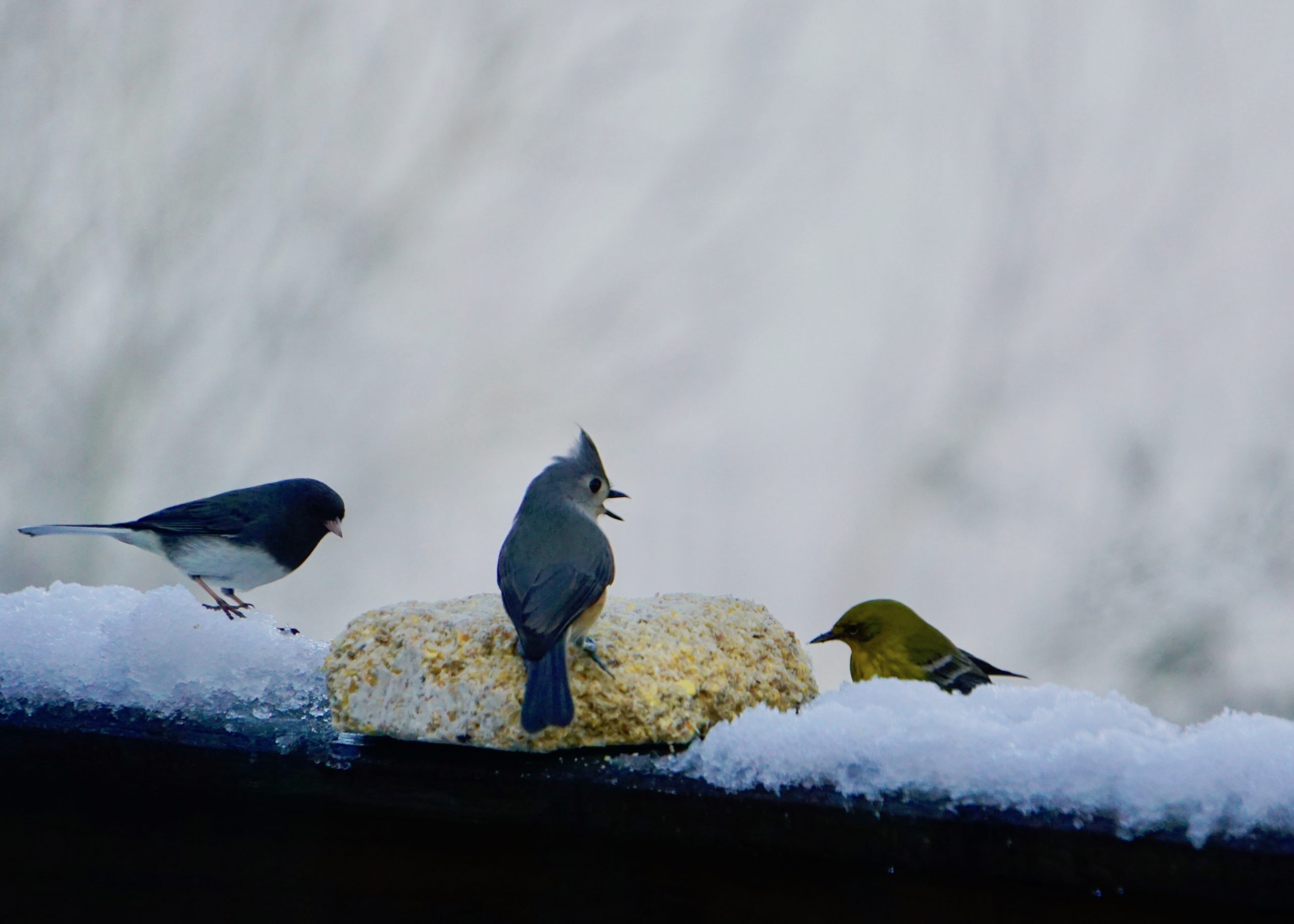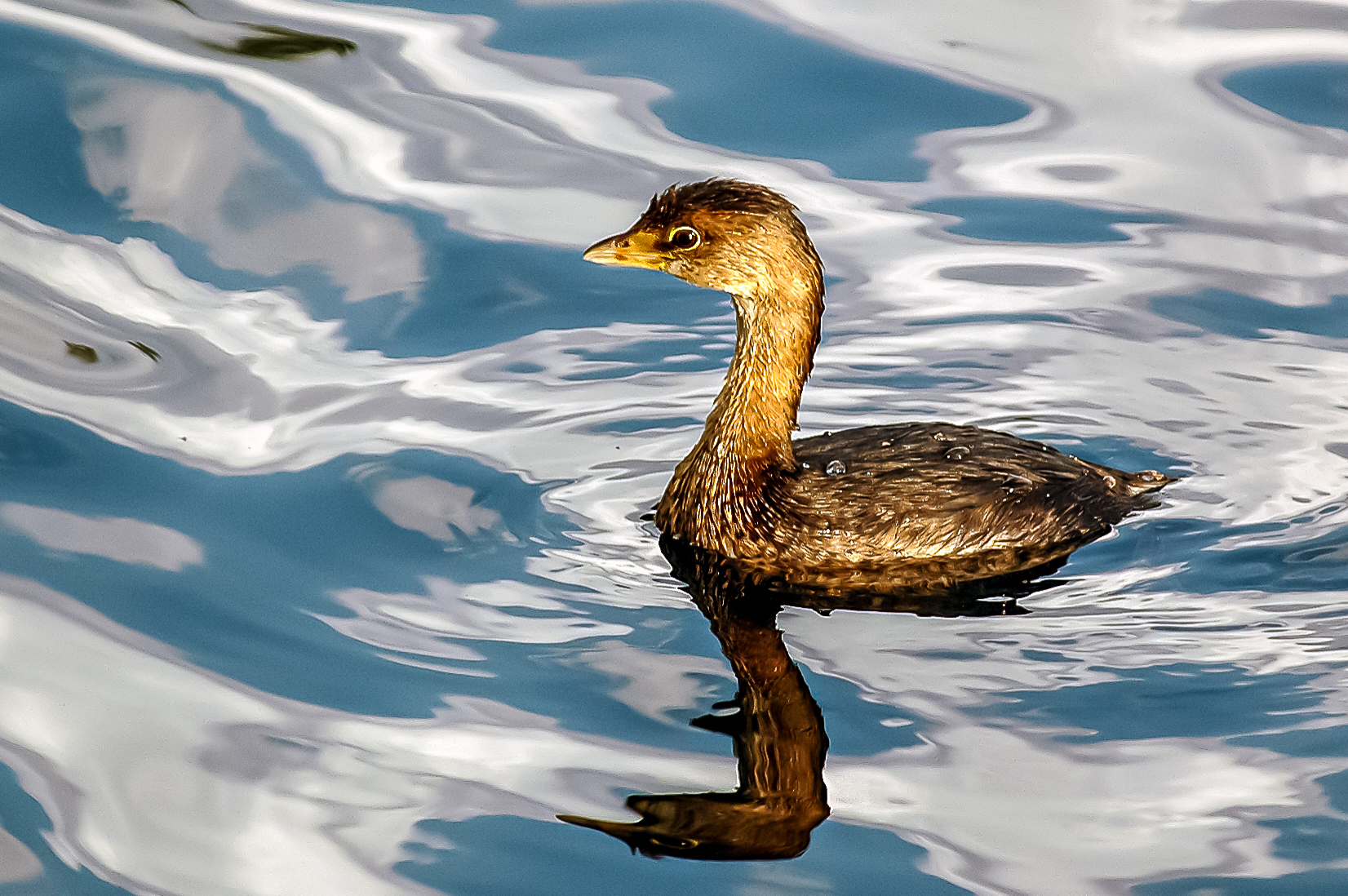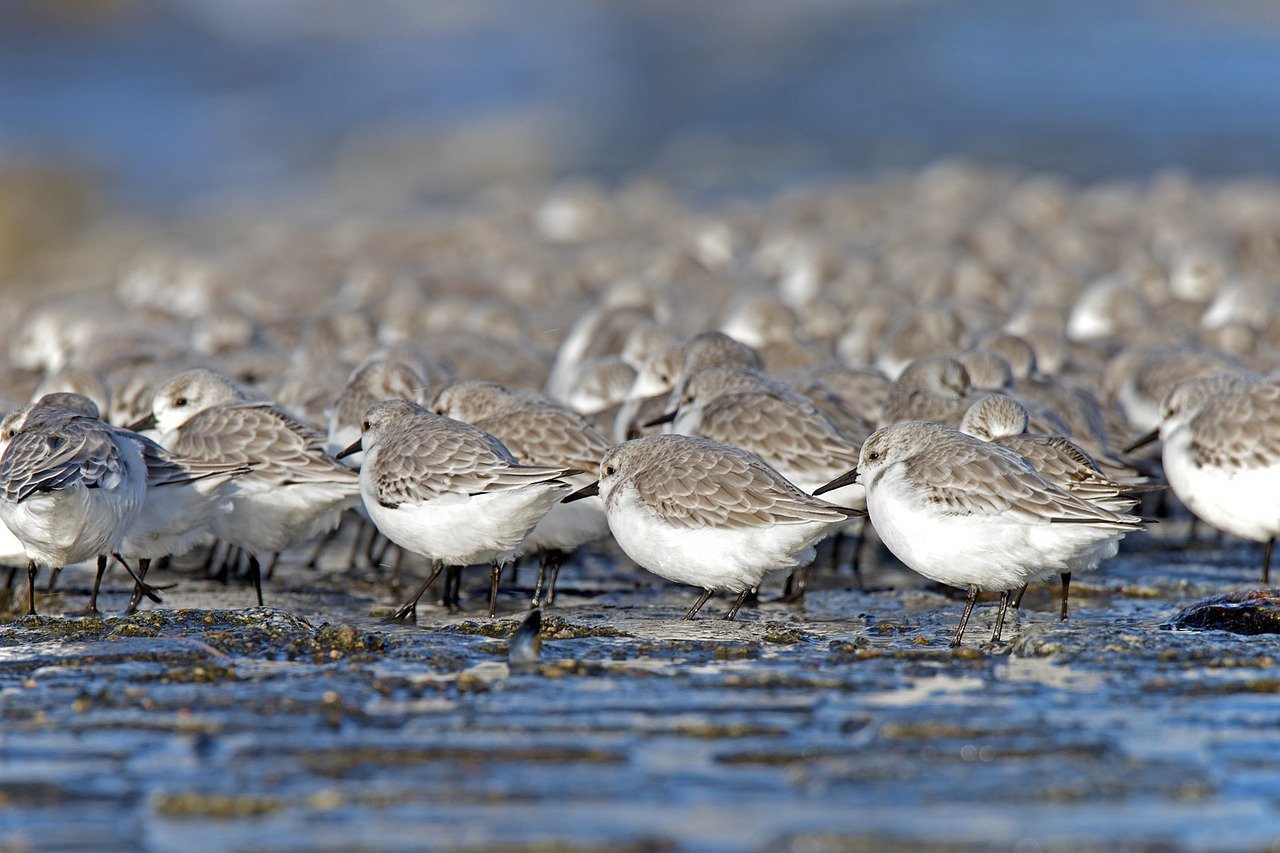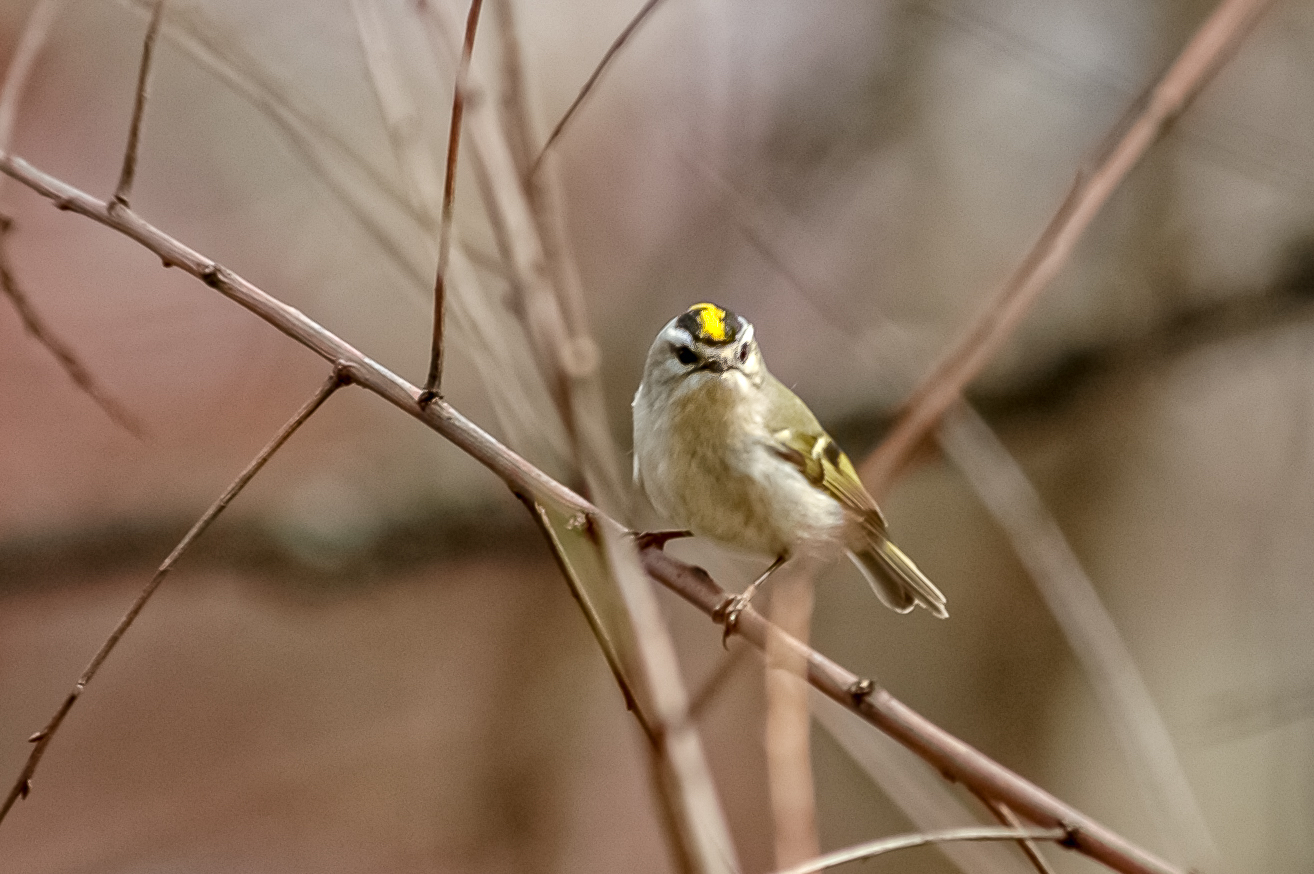
I recently read an article in Birds&Blooms about the stages a bird goes through in life. I ask my birding friend Craig Taylor to send me photos of the growth process of birds. He sent me four that he had taken at the owl box he had in his backyard. As always, he captured extraordinary moments in the lifetime of the birds.
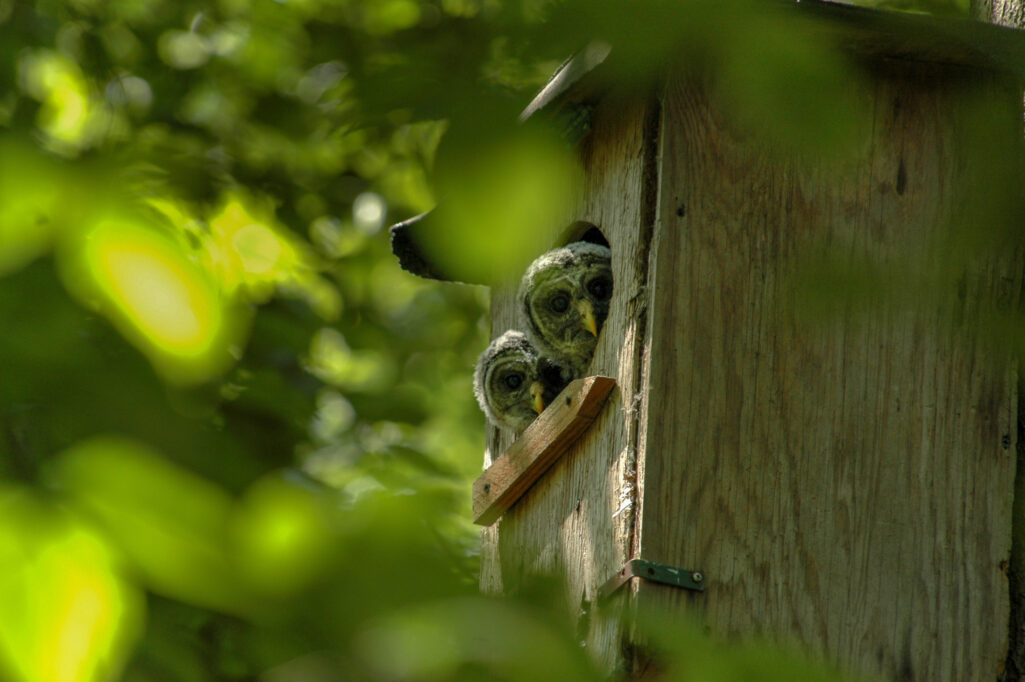
We know that an owl’s journey begins in the egg. When the owl breaks the egg open, using a special tooth for that purpose, it has no feathers, cannot see and cannot take care of itself. It’s called a hatchling at that point. As it develops, the owl baby is a nestling, meaning it cannot leave the nest and has to be taken care of.
When the owl gets its downy feathers, it’s called a fledgling or juvenile. The fledgling can leave the nest and begins to learn how to survive, but it’s not able to fly yet. The parents will be somewhere close by, watching its baby carefully. As the feathers begin to change, the owl can be called a subadult, meaning it’s in-between the fledgling/juvenile and adulthood. At this stage, the owl can also be referred to as immature. The final stage is the mature or adult owl.

Owls go through this process much faster than we do as adults and their life-expectancy depends on them successfully learning how to take care of themselves at each step.
This process has grabbed my attention because I just celebrated another birthday. Age has seldom mattered to me. Except for this year. This birthday–my 68th–has caused me to think about the stages I’ve been through, the life experiences I’ve had, and the success and the failures I’ve been through.
Maslow’s Hierarchy of Needs is based on the idea that as we develop as humans, we have basic needs that must be met to survive and then thrive. Just like the nestlings and the fledglings, our basic needs of water and food and shelter and safety are necessary for us to live. After these basic needs, we humans need to feel loved and to feel like we belong to others. And we also need to feel like we’ve accomplished something–that what we do in and with our lives matter.
Maslow’s final level is that of self-actualization, which is defined as “achieving one’s full potential, including creative activities.” In plain terms, it’s the desire to know that we’ve done all we can do–that our lives have mattered.
I’ve been evaluating my life on this need of self-actualization. I’ve had many questions that have been swirling through my head in this process: Have I done all that I can do in my life and my faith? Have I faithfully responded to the doors that God has opened for me? Am I as passionate now about being used by God as I was when I was younger? Will this great big number that reflects the years I’ve lived also reflect the consistence with which I live my life for Him? What will God have for me to do next?
Birthdays aren’t a bad thing. They give us the opportunity to stop and reflect and consider how God can still use us. It’s all part of the developmental process of who we are in God, and that process will not end until our lives are over. That gives me something to celebrate about.
God continues to use Margie Williamson through her writing. Her new book A Christmas Story Promise Devotional: From Cradle to Crown is available through Amazon.com and ChristianBooks.com.


